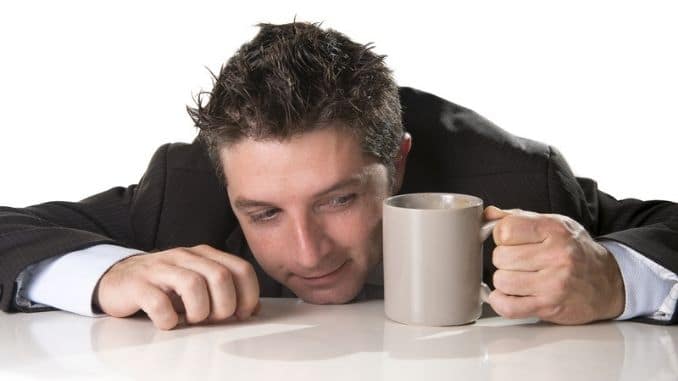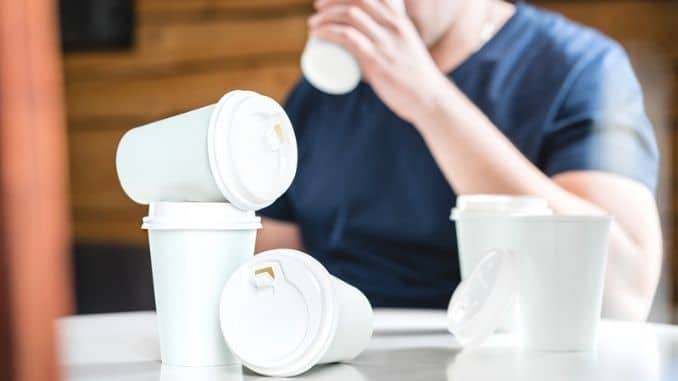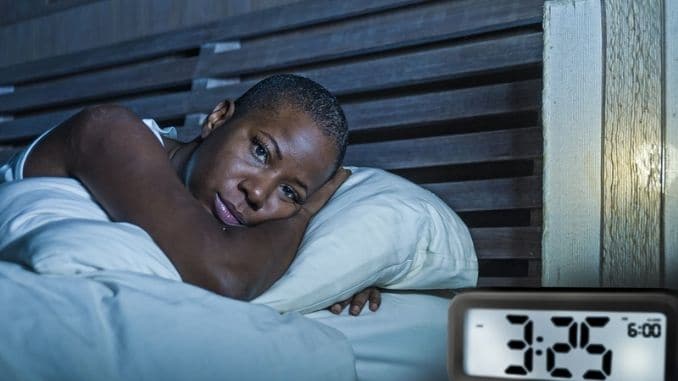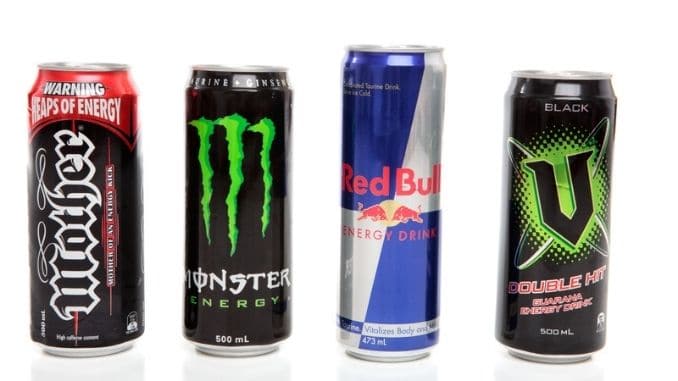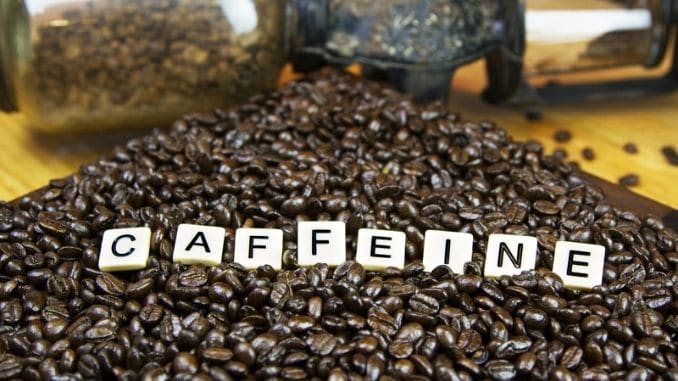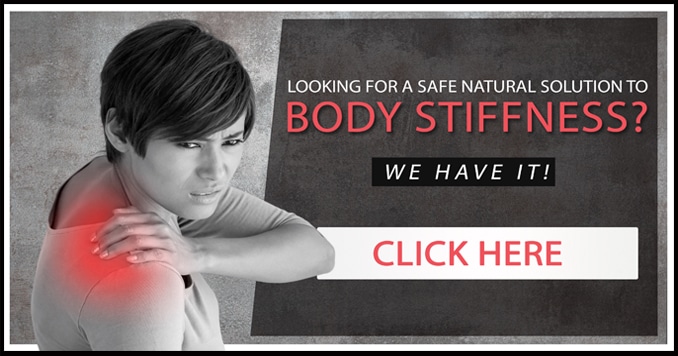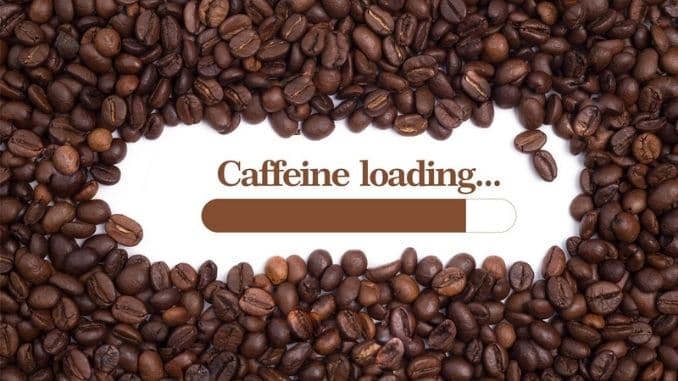
Is caffeine good or bad for you? It seems to depend on who you talk to. Some people love it. Others avoid it.
So, what’s the real story?
Potential Health Benefits of Caffeine
Caffeine can be good for you, depending on how you consume it. Caffeine in coffee, for instance, has been linked with increased focus, more energy, and a reduced risk of heart disease, stroke, type 2 diabetes, Alzheimer’s disease, and Parkinson’s disease.
Caffeine in sugar-sweetened beverages, on the other hand, doesn’t seem to have the same health benefits. That could be for a few reasons:
- Soda has a much smaller caffeine content than coffee. Whereas a typical cup of coffee has about 95-165 mg of caffeine, an 8-ounce serving of soda has only about 24-46 mg. (Citrus-flavored sodas and most brands of root beer have no caffeine at all.)
- Soda contains a significant amount of sugar per serving and consuming too much sugar has been linked with several health problems, including obesity, heart disease, and type 2 diabetes. Diet sodas contain artificial sweeteners, which have also been linked to some adverse health outcomes such as weight gain, type 2 diabetes, and even some forms of cancer.
- Soda has no health benefits whatsoever and is a nutritionally empty food. Coffee, on the other hand, contains antioxidants and other healthy compounds in addition to caffeine that may provide an additive effect.
It’s important then, to be aware of your source of caffeine, as that can make a big difference in how it affects your health.
10 Hidden Sources of Caffeine
Most of us expect caffeine to be in coffee, tea, and soda, but there are other places where you may be surprised to find it.
- Chocolate: All chocolate contains some caffeine, but dark chocolate contains more. One Hershey’s Special Dark candy bar, for instance, contains about 31 mg caffeine, but it also contains good-for-you antioxidants.
- Decaf Coffee: If you’re choosing decaf coffee hoping to avoid caffeine, you could be disappointed. The actual amounts vary depending on the brand and how the coffee is made. Some places, such as Dunkin’ Donuts and Starbucks, sell decaf coffee that has been found to contain up to 36 mg of caffeine per 16-oz. cup.
- non-cola sodas: Dark colas (except most root beers) usually have caffeine, as does Mountain Dew, but some of the other options you would expect to be caffeine-free may also contain it. Barq’s root beer, for example, may have up to 23 mg per can, while Sunkist’s orange soda was found to contain 41 mg. Choose those that say “caffeine-free” on the label, or try Sprite, 7-up, or cream soda.
- Ice Cream: If you like chocolate or coffee ice cream, except that they’ll contain a little bit of caffeine. Many popular coffee flavors have about 30-45 mg per half-cup.
- Protein Bars: Some of these are made with caffeine to give you an energy boost—up to 50 mg. Read the ingredient list carefully.
- Tea: Tea has less caffeine than coffee in general, but both black (47-55 mg per cup) and green tea (20=30 mg per cup)—as well as kombucha (about 15 mg per cup)—have small amounts. Yerba mate has more, at about 85 mg per cup. For a completely caffeine-free tea, choose an herbal variety.
- Weight-loss pills: Some weight-loss supplements include stimulants like caffeine, as they have been found to help people lose weight. Sometimes the levels are quite high, so be sure to know what you’re taking.
- Pain relievers: If you have migraines, you may have a migraine pain-reliever in your cabinet. Most of these have caffeine (usually at about 60 mg per dose) as it can help relieve headaches.
- Energy drinks: You expect these to contain caffeine, but always check the label to find out how much. Some levels are particularly high and can be dangerous. Keep in mind that most energy waters have caffeine too.
- Breath fresheners: Some brands of breath fresheners and chewing gum include caffeine in their formulas. Two pieces of “Jolt” gum, for instance, provides the same amount of caffeine as you’d find in a cup of coffee. One Foosh mint provides about the same amount. Read the labels carefully.
How Much Caffeine Are You Getting?
Another thing to be aware of is how much caffeine you’re consuming daily. This is one of those situations where more isn’t always better.
According to the Dietary Guidelines for Americans, it’s safe for most individuals to drink up to 400 mg of caffeine per day. That amounts to about 3-4 cups of coffee, depending on how strong it is.
Pregnant women, women trying to conceive, and those suffering from migraines, insomnia, and anxiety are typically advised to consume less than that if any at all. An excessive amount of caffeine has been linked with an increased risk of miscarriage, for instance, so it’s best for pregnant women to limit their intake to about 200 mg per day.
Everyone is different when it comes to caffeine tolerance, though, so it’s important to find out how caffeine affects you. In a 2010 review, researchers found that genetics play a role in how individuals respond to caffeine. Whereas it may cause you to feel anxious and jittery, it may give your friend a nice energy boost without any negative effects.
Medical doctor and science journalist J. W. Langer wrote in a 2018 report on caffeine that people metabolize caffeine differently—some quickly, and some more slowly. “Some will show greater sensitivity to the stimulating effects of caffeine,” he wrote, “while others need higher amounts to feel an effect.” He added that each person’s unique genetic makeup “determines to what degree a given amount of caffeine will affect the individual.”
How do you know if you’re sensitive? You are likely to experience some of the following negative effects.
8 Possible Side Effects of Caffeine Intake
Caffeine can create uncomfortable and sometimes even dangerous side effects if you consume too much of it. If you’re sensitive to it, you’ll begin to feel these effects sooner. To discover your tolerance level, watch yourself carefully after consuming something with caffeine in it, and see how you respond.
Restlessness
Regular caffeine intake may lead to feelings of restlessness, where you have a hard time relaxing. You can’t sit still for very long. You jump up and go do something, then try to sit down again, then have to jump back up.
If you experience these symptoms, cut back on your caffeine intake. Meanwhile, drink some water and take a walk to help move the caffeine out of your system.
Dependency
If you run out the door in the morning without your cup of coffee, do you find yourself feeling jittery and restless? This could indicate that you’ve developed a dependency.
Whether or not this happens depends on how much caffeine you consume per day and how sensitive you are to it. Many people can enjoy several cups of coffee per day all their lives and never have a problem, but others may find that on the days they go without coffee, they experience headaches, fatigue, and other symptoms of withdrawal.
If you notice these symptoms anytime you don’t consume your regular amount of caffeine, talk to your doctor about a possible dependency. He or she can give you some guidance on how to reduce your intake and withdrawal symptoms so you feel better.
Insomnia
Most people avoid consuming caffeine at night because it can keep them up. It is a stimulant, after all, and that’s the last thing you want when you’re trying to relax and go to sleep. Studies have shown that it can increase the time it takes to fall asleep and may also decrease sleeping time.
Sensitive individuals, though, may still be feeling the effects of caffeine hours after consuming it. That means for them, it may be best to avoid consuming any caffeine, starting in the early afternoon. These individuals also need to watch out for hidden sources of caffeine in the afternoon and evening.
Headaches
Caffeine has an interesting relationship with headaches. If you have a migraine headache, drinking a cup of coffee or taking a pain reliever with caffeine in it can help relieve the pain.
On the other hand, if you’ve developed a dependency on caffeine, you could suffer headaches as part of the withdrawal symptoms.
To determine why you’re suffering from headaches, ask yourself if you may have developed a dependency on caffeine. If not, it’s likely your headaches are caused by other factors, such as allergies, hormonal changes, and stress.
Rapid or Abnormal Heart Rhythm
A racing heartbeat can occur if you consume a lot of caffeine at once. Young people who consume energy drinks containing extremely high doses, for example, are vulnerable to this dangerous side effect. In a 2018 study, researchers reported on three cases of atrial fibrillation in young people after consuming energy drinks. They all ended up in the hospital because of it.
Keep in mind that large doses of caffeine used to help stimulate overnight studying or partying can be dangerous.
Anxiety
You may like a little caffeine to keep you going through the workday, but if you drink too much, it can lead to feelings of anxiety and nervousness. Usually, this occurs with intakes of 1,000 mg or more, but again if you’re sensitive, it may not take that much.
If you already suffer from some anxiety, caffeine can make it worse. In a 2005 study, researchers reported that caffeine could exacerbate anxiety and increase it, so if you notice these symptoms, cut back on your intake.
Digestive Issues
If you’re a fan of your morning cup of coffee, it may be partially because it helps to keep you regular. Caffeine does have a mild laxative effect because it stimulates activity in the colon. This is great for those who have a comfortable tolerance to caffeine, but it may not be so great for sensitive individuals.
If you notice loose stools or diarrhea after consuming caffeine, that may be a sign that you’re either consuming too much or that you’re sensitive to it. Cut back and see if that helps.
Some studies have also linked the intake of coffee with worsening gastroesophageal reflux disease (GERD). This may be because of something else in the coffee besides caffeine—it is known to increase stomach acid—but it’s something to be aware of.
Frequent Urination
Because of caffeine’s stimulant effect, it may stimulate the bladder to contract. This can increase the urge to go to the bathroom so that you’re going more often than usual.
This can be problematic if you already suffer from an overactive bladder, or if you are incontinent. In one small study, researchers found that moderately high amounts of caffeine (about 300 mg) created significant increases in urinary frequency and urgency.
Another study found that women who consumed more than 450 mg per day of caffeine (higher than the recommended amount) had an increased risk of incontinence compared to those who consumed less than 150 mg per day.
If you notice these symptoms, cut back on the amount of caffeine you’re consuming.
So, when it comes to caffeine, there really is no clear answer, as it differs for most people. The best advice is to be aware of any hidden sources of caffeine and to monitor for any possible symptoms that caffeine may be affecting you adversely. For most people, having that morning cup of coffee is no problem at all, while others may struggle with even small amounts of caffeine. Find the balance that works for you.
Tired of depending on coffee for energy? Learn the 10 simple yoga poses that will help you jump-start your day naturally, here.

